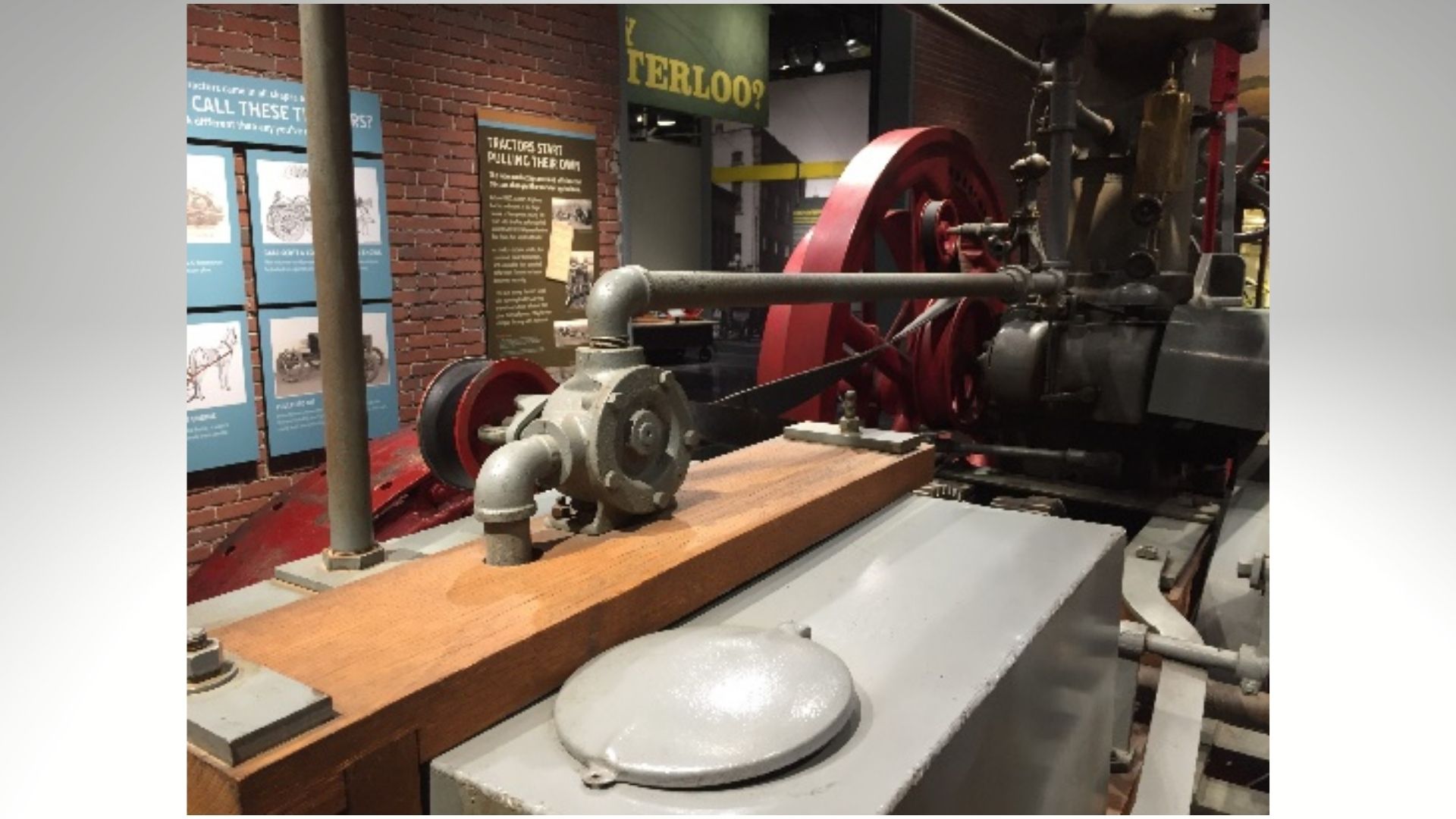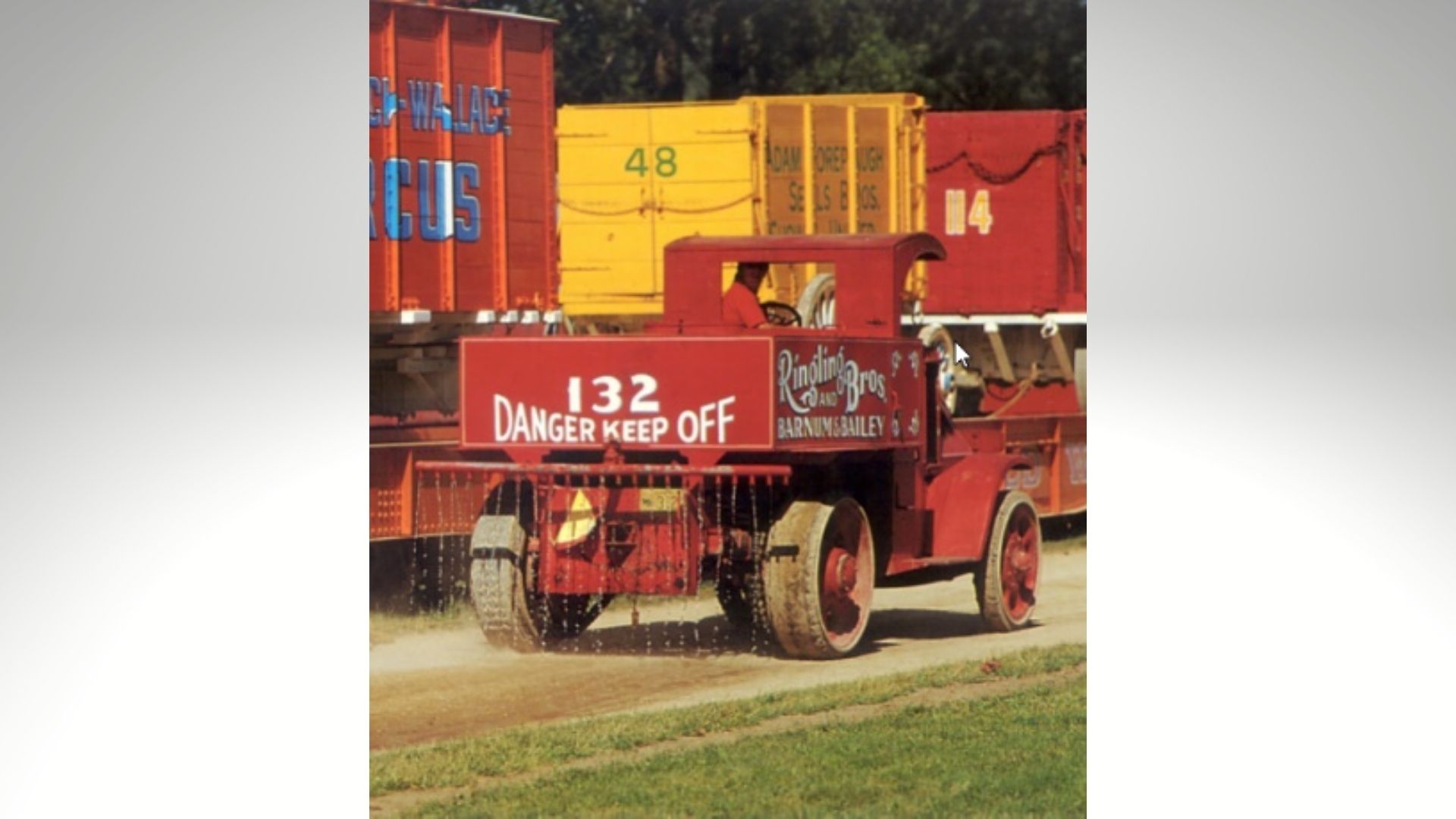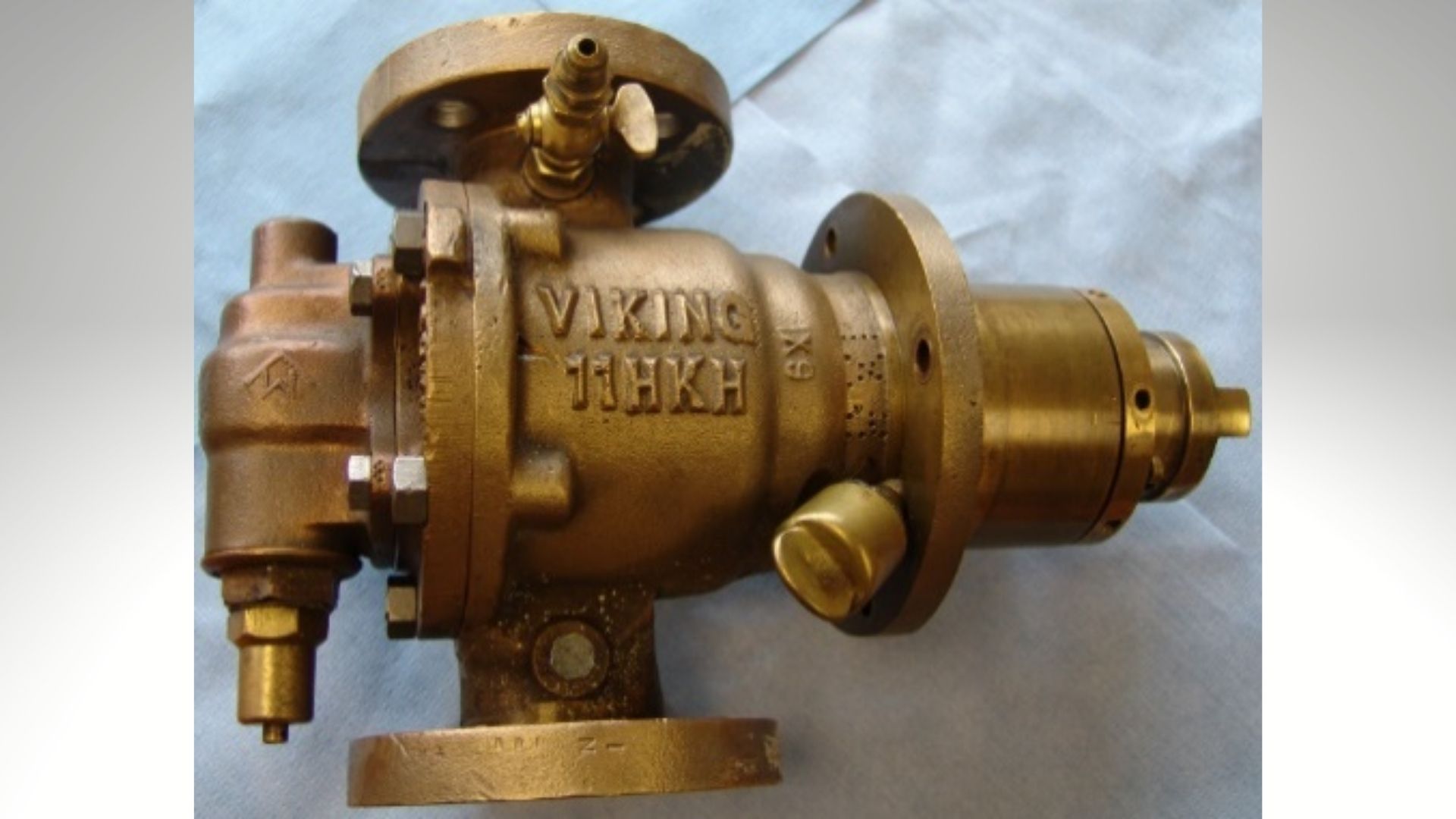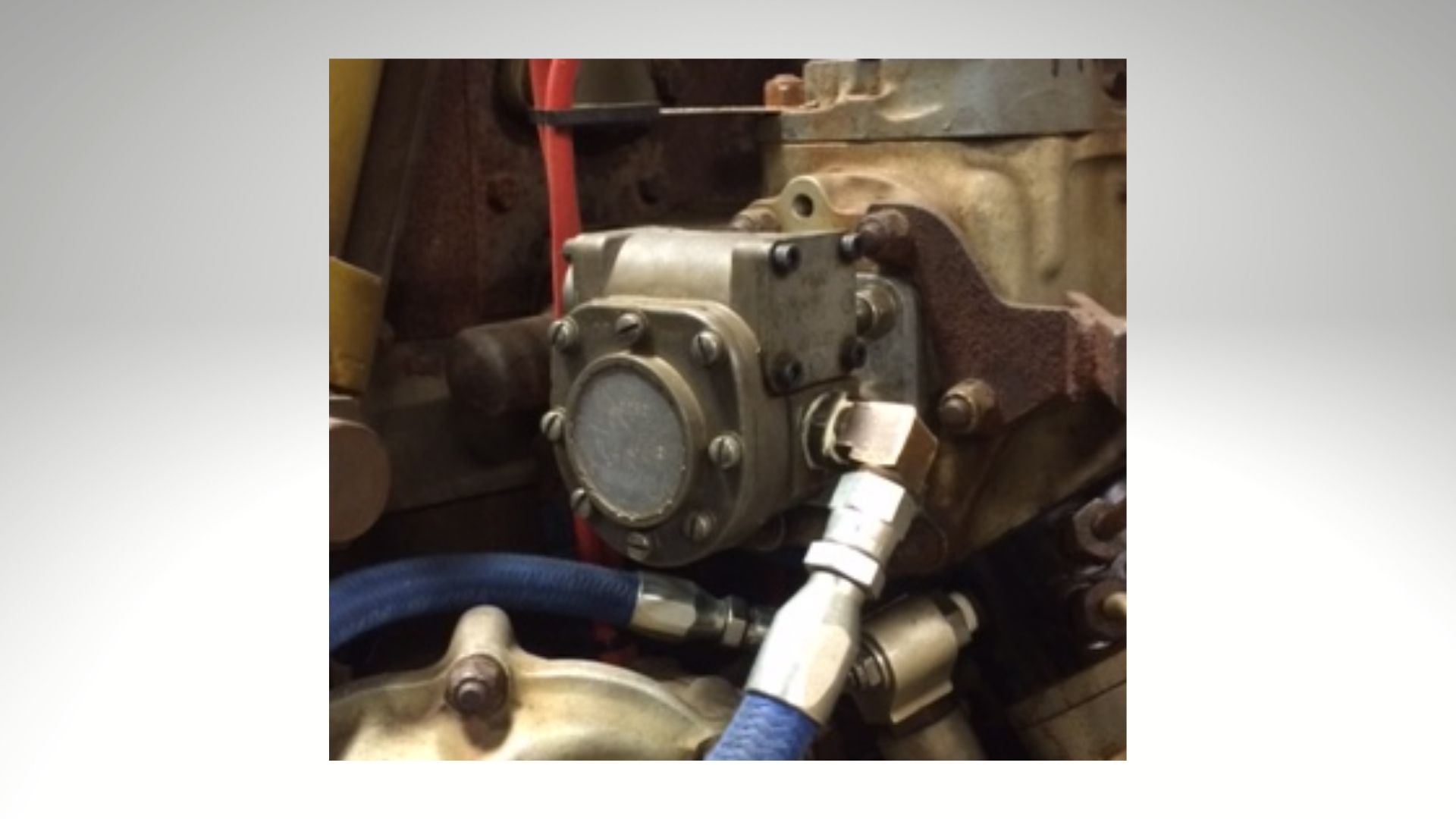In 2011 Viking Pump celebrated our company’s 100th anniversary. As part of the activities we relocated and updated our Viking Pump museum. Here we include past products and other historical artifacts gathered over the past century to help tell the story of our company and the development of our products to customers and distributors that visit the Cedar Falls facility.
Our customers are always proud to share with us stories of how our pumps lasted for many years, and often many decades, helping them to produce 1000’s of different products all over the world. In some cases, the pumps themselves become part of a museum artifact, now idle, or in a few cases still running today. Here are some of those stories.
One of the earliest examples is a behind-the-scenes pump for one the oldest and most famous museums in the world. The American Museum of Natural History is one of New York’s most popular attractions and is instantly recognizable, featured in films such as “Night at the Museum”.
In 1934 Viking pumps were called upon to operate the hydraulics for Diebold safes used to lock up rare coins and other valuable artifacts. These safes were time lock operated such that they would automatically seal when the museum closed for the evening, protecting the artifacts within.
John Deere has been manufacturing tractors in Iowa almost as long as Viking Pump has been making pumps. In 1918 the company acquired the Waterloo Gasoline Engine Company and has been manufacturing tractors here ever since. This made Waterloo the ideal home for their popular John Deere Tractor & Engine museum featuring antique farm equipment thru their modern tractors used today.
Among the historical artifacts is a 1930’s replica of a Froelich Tractor. This replica was built by a John Deere employee and includes a Viking pump for handling water driven by the gas engine via a leather belt.

Opened in 1959, Circus World features artifacts form the Ringling Bros. Circus. Among the wagons, calliopes, rides, and animals, you’ll find a 1920’s Mack water truck. Fitted with a PTO driven Viking pump, this truck was used to deliver water for the animals and wash down the streets after parades for nearly 50 years before retiring in 1970.
In 2003 Circus World rebuilt this truck and still uses it today. Remarkably, the pump itself was in excellent shape, requiring only some repair rather than complete replacement.

For decades, the Gulf of Georgia Cannery in Steveston, British Columbia used Viking KK32 pumps for fish oil as part of the processing and canning of Salmon, Herring, and Halibut. Though no longer in use today, these pumps still reside at the cannery which has now been turned into a museum and is listed as a national historic site in Canada.
When visiting the Museum of Science and Industry it’s impossible to miss the shiny, streamlined Pioneer Zephyr engine and railcars. Viking engine-mounted lubrication pumps helped propel this iconic train to record setting speeds in 1934, earning it the nickname “The Silver Streak”. This train was in regular service until 1960 when it was donated to the museum and remains there on public display.
Among the other artifacts at this museum you’ll find a captured WWII German U-boat and while there are no Viking pumps there, you don’t have to go far to the north to find a Viking pump on a submarine…
A critical part of the Allied victory in WWII was the Gato class electric-diesel submarine, which formed the majority of the US Navy’s submarine fleet. 73 of these subs were fitted with Viking lube oil pumps. 18 of these subs were sunk or lost in service. Others have since been scrapped or sunk in training exercises, leaving only 6 of these subs today.
Among these remaining subs is the USS Cobia, now retired at the Wisconsin Maritime Museum in Manitowoc, Wisconsin. Launched in Nov. 1943, the Cobia had 6 war patrols in WWII. During her service, the Cobia sank 13 Japanese vessels, including two critical transports headed for Iwo Jima.

The US Navy is not the only branch of the armed services to utilize Viking pumps over the years. Viking pumps can also be found aboard the USCGC Mackinaw, an icebreaker which served for 62 years, clearing shipping lanes on the Great Lakes.
Decommissioned in 2006, the Mackinaw now serves as a museum, offering group tours or even overnight stays.
Empire State Aerosciences Museum (or ESAM for short) has an impressive collection of military aircraft, but among the jets and helicopters sits a refurbished M42A1 Duster Tank. 3,700 were built and many were put into service during the Korean War and the Vietnam War. Powering this tank is a 500 HP engine fueled by a Viking internal gear pump. With only a minimal amount of cleanup, this 1950’s pump still runs like new for this refurbished museum installation.

Viking has been helping companies like Hershey’s manufacture chocolate for nearly a century. We were honored to be included in an exhibit at their Hershey’s Chocolate World near their headquarters in Hershey, Pennsylvania.
Here at the “Create-Your-Own Candy Bar” experience, guests can don hairnets and smocks as they “work” to make and personalize their own candy bar. Just like we do in their manufacturing plants, Viking pumps handle the chocolate to make these one-of-a-kind edible souvenirs.
Have YOU seen a Viking pump in a museum? Email us at info.vp@idexcorp.com to share!